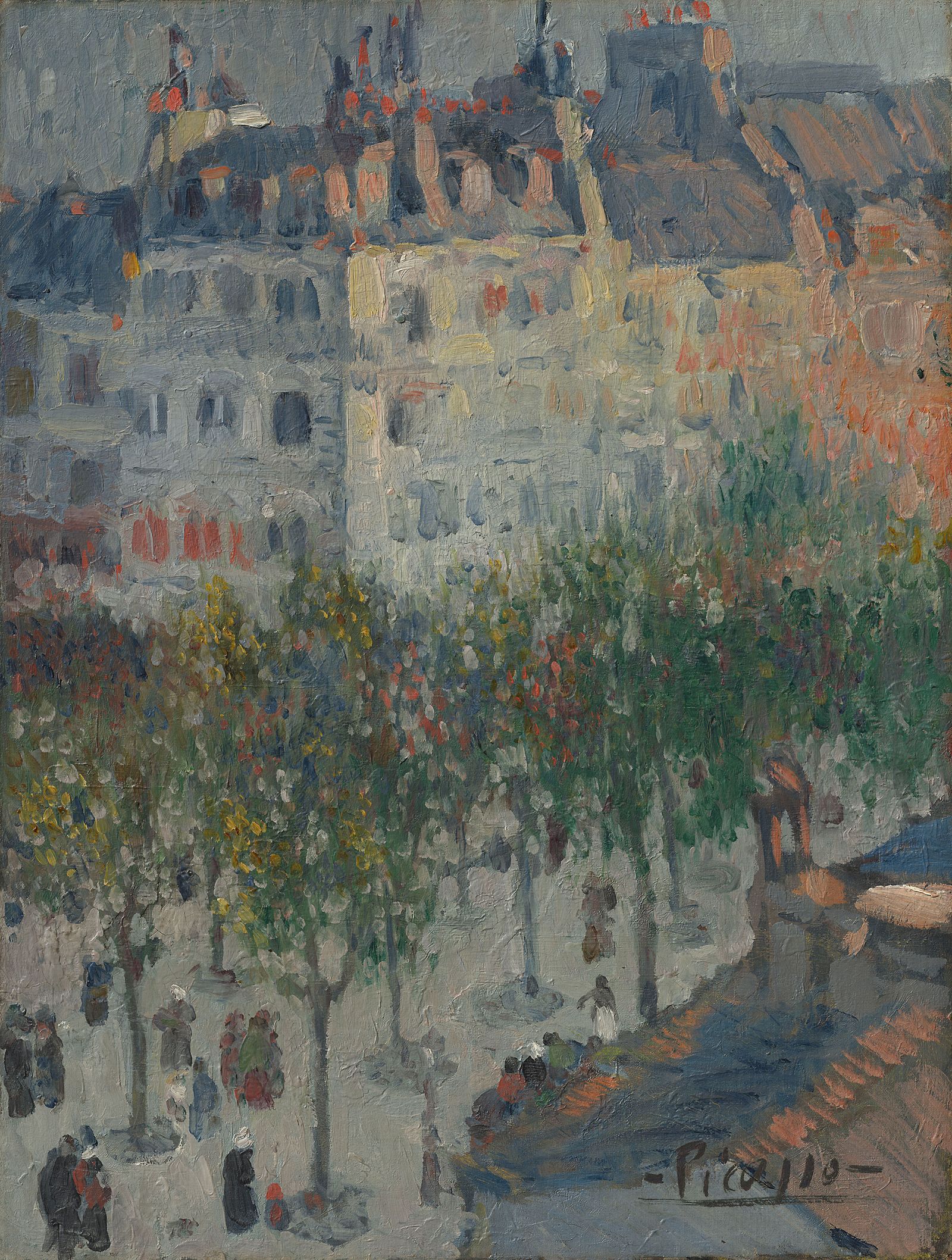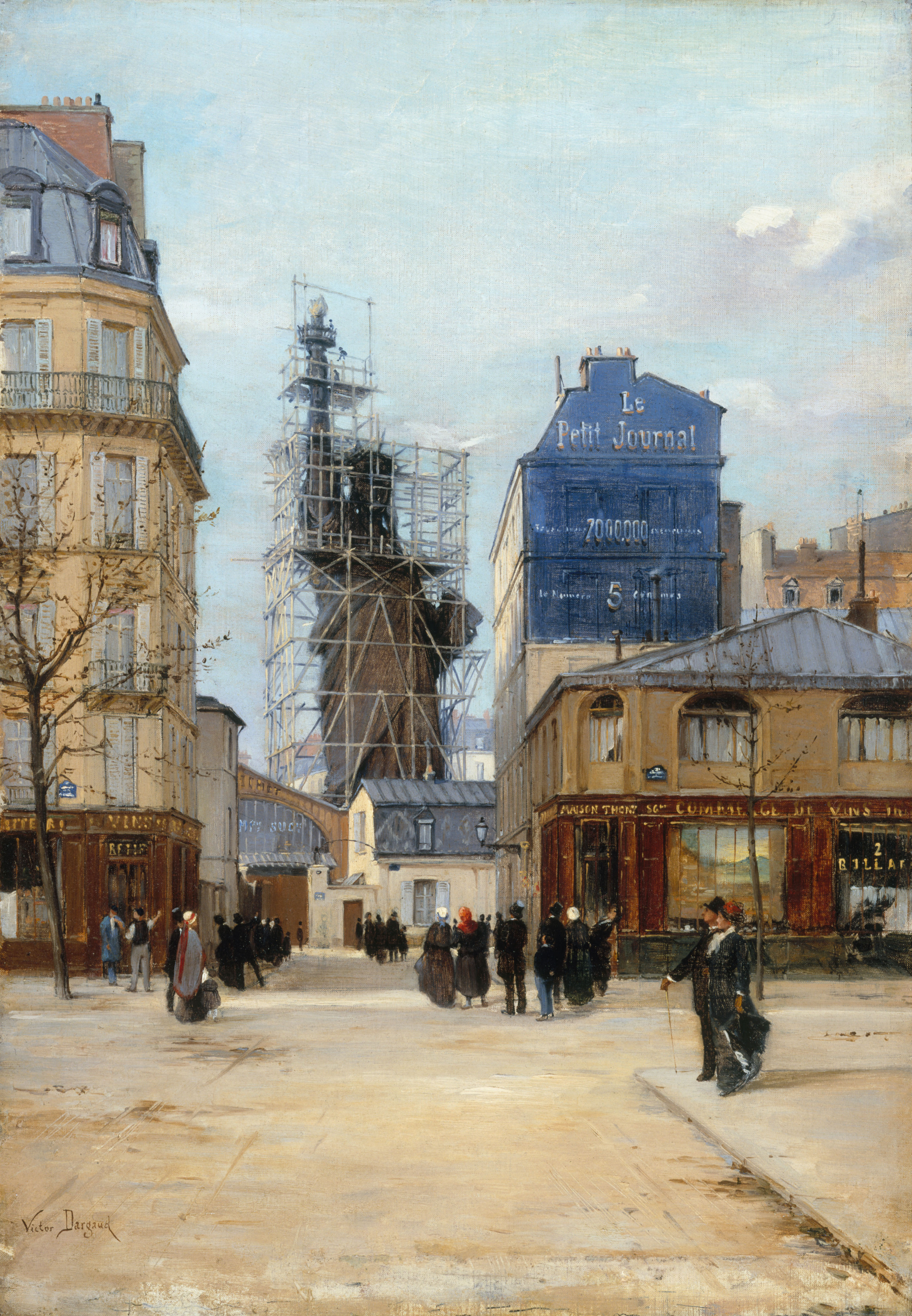Artists from all countries came to Paris to find a connection to the modern era.
On his first trip to Paris, Pablo Picasso (1881-1973) painted a street in Montmartre, the neighborhood that was popular among artists, in the Impressionist style.
The picture is part of a group of about thirty works that the then nineteen-year-old artist presented at his solo exhibition in the Galerie Ambroise Vollard in 1901 in Paris. | Source: © Museum Barberini, Potsdam
Pablo Picasso | Boulevard de Clichy, Paris, 1901 | Museum Barberini, Potsdam



























.jpg)
.jpg)











